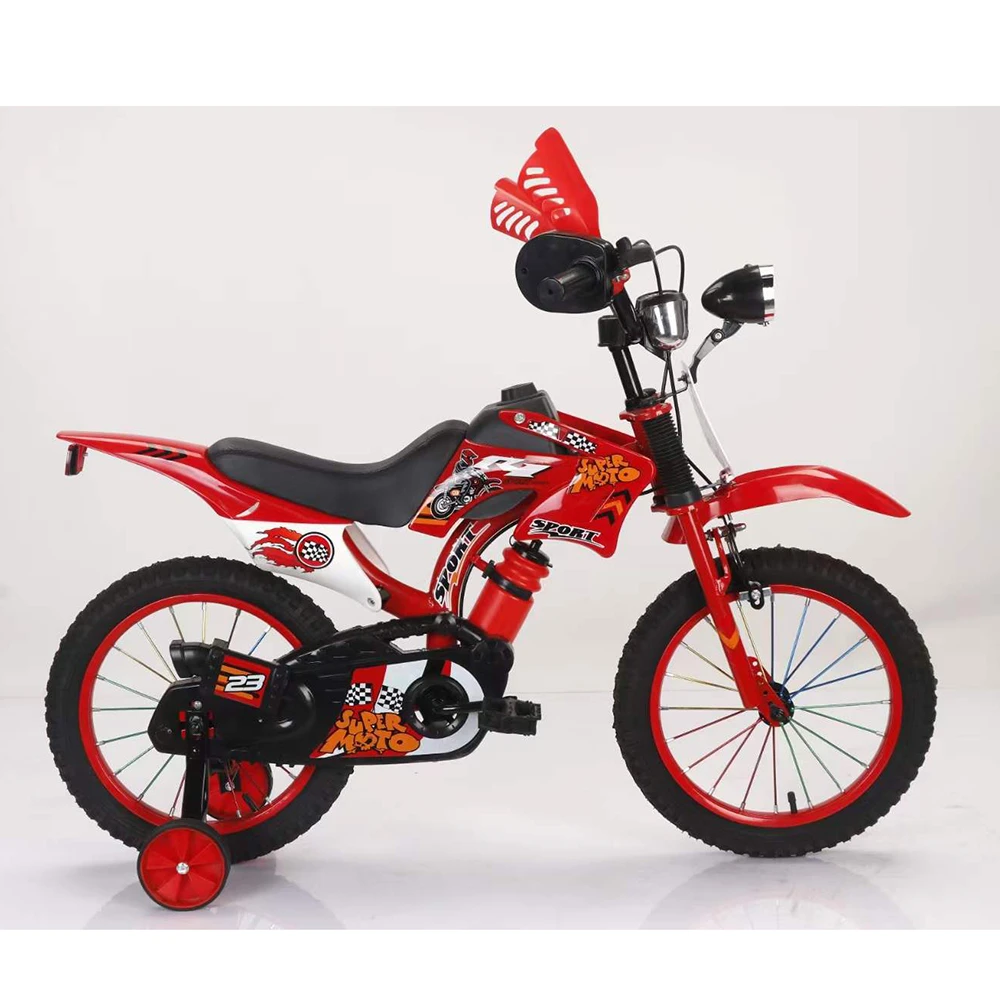kid bike size
Choosing the Right Kid Bike Size A Comprehensive Guide
When it comes to selecting the perfect bicycle for your child, one of the most critical factors to consider is bike size. An appropriately sized bike not only ensures a comfortable riding experience but also enhances safety as well as control. In this article, we’ll explore how to determine the right bike size for your child, factors to consider in the selection process, and tips for ensuring a smooth transition as they grow.
Understanding Bike Sizes
Bicycle sizes for kids are typically measured in wheel diameter. Common sizes include 12-inch, 14-inch, 16-inch, 20-inch, and 24-inch wheels. The right size depends not only on the size of the bike itself but also on the child’s height, age, and riding ability. A bike that is too big can be difficult to handle, while one that is too small can be uncomfortable and may stunt your child’s development of cycling skills.
Measuring Your Child’s Height
To determine the appropriate bike size, the first step is to measure your child’s height. Here’s a simple method you can use
1. Stand Tall Have your child stand against a wall with their back straight, and their heels together. 2. Mark the Height Use a pencil to mark the highest point of their head on the wall. 3. Measure Use a tape measure to find the distance from the floor to the mark.
Once you have your child’s height, you can refer to size charts provided by various bike manufacturers. These charts will help you match your child’s height to the corresponding wheel size. For instance, a height of 38-42 inches typically corresponds to a 12-inch wheel, while heights of 50-56 inches usually fit a 20-inch bike.
kid bike size

Considering Age and Skill Level
While height is crucial, age and skill level play significant roles in choosing the right bike too. Younger cyclists, particularly those under the age of 7, may benefit from smaller bikes that are easier to manage. If your child is a beginner, stability is paramount, so you may want to consider bikes with training wheels or balance bikes that help them develop their skills.
Conversely, for older or more experienced riders, you can consider larger bikes that allow for more growth. These models often have adjustable seat heights and handlebars, making them suitable for your child’s progression.
Tips for Testing the Fit
Before finalizing your purchase, have your child test ride the bike. Here are a few tips to ensure the fit is perfect
- Stand Over the Bike When your child stands over the bike, they should have a few inches of clearance from the top tube. - Seat Height When seated, your child should be able to touch the ground with the balls of their feet. This allows for easy stops without losing balance. - Handlebar Reach Your child should be able to reach the handlebars comfortably without overstretching or hunching over.
Final Thoughts
Selecting the correct bike size for your child is essential for their safety, comfort, and enjoyment while riding. As your child grows, it’s important to reassess their bike size periodically, ensuring they always have the right fit. By taking the time to measure, consider their skill level, and test ride different models, you can help foster a lifelong love of cycling in your child—a healthy and enjoyable activity that promotes fitness, confidence, and independence.
-
The Perfect Baby TricycleNewsAug.11,2025
-
Ride into Fun with Bikes for KidsNewsAug.11,2025
-
Ride into Adventure with the Perfect Kids Balance BikeNewsAug.11,2025
-
Fun and Safe Riding with the Best Childrens ScootersNewsAug.11,2025
-
Find the Perfect Childrens Bike for Your Little OneNewsAug.11,2025
-
Explore the Best Baby Tricycles for Your Little OneNewsAug.11,2025
-
Three-Wheel Light-Up Scooter Benefits for KidsNewsJul.11,2025








